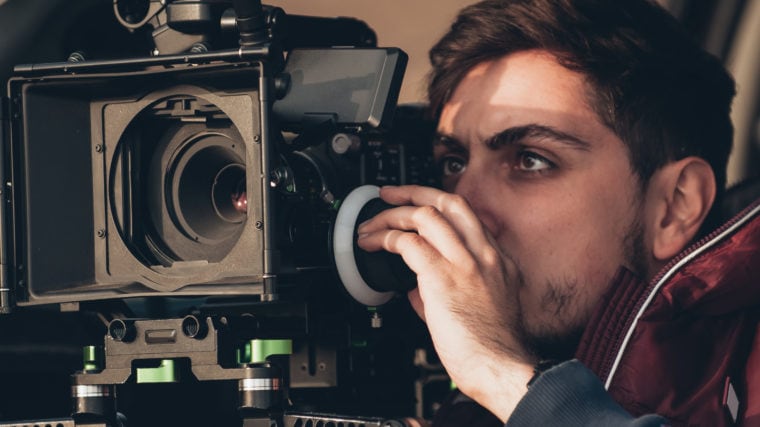Northwest Missouri State University Tries E-Book Readers, With Mixed Results
According to the Chronicle 240 students at Northwest Missouri State University recently swapped their printed textbooks for Sonys e-book readers, which came loaded with assigned texts. But the students quickly discovered that the gadgets have limitations.
Students were initially fascinated with their readers, said Dean L. Hubbard, the university’s president, but they soon became frustrated with the devices’ limited interactivity capabilities — which made it impossible to highlight passages, cut and paste text, or participate in interactive quizzes.
This semester the university will continue to experiment with electronic textbooks, but it will deliver them primarily through laptops, rather than dedicated e-book devices. (The institutions requires students to have laptops.) About 500 students will try out electronic textbooks, and an additional 3,000 students will have access to them. Laptops provide more interactivity than the Sony Readers, Mr. Hubbard said, because they let students participate in interactive quizzes and allow professors to add material to textbooks as needed.
Interesting experiment this – whilst it does seem that e-book readers aren’t quite there yet, surely it can’t be too long before they do offer greater interactivity though.

 Students were initially fascinated with their readers, said Dean L. Hubbard, the university’s president, but they soon became frustrated with the devices’ limited interactivity capabilities — which made it impossible to highlight passages, cut and paste text, or participate in interactive quizzes.
Students were initially fascinated with their readers, said Dean L. Hubbard, the university’s president, but they soon became frustrated with the devices’ limited interactivity capabilities — which made it impossible to highlight passages, cut and paste text, or participate in interactive quizzes.









I think that this would be helpful for students on the go but I would have struggled with it in college. I have to have something in print to really “get it.”
Having worked and tuaght on college campuses and as a perpetual student myself, I would prefer to have my textbooks on an eBook reader. It would be far lighter to lug around, but I would miss the furious page-turning. Unfortunately for Sony the inability to highlight, make notes, and copy & paste would make this device a deal-breaker for me. Maybe they should do some more research, find their niche and come back with a revised product – maybe something designed for the college student.
Interesting to see this as we are planning a small Information Services Connected Campus project to look at the Sony Reader (and the Amazon Kindle, if it becomes available in the UK) I used to read loads of ebooks on my PalmOne Treo (a smartphone/PDA). Unfortunately, the Palm OS has died a death now otherwise I’d still be using it. It was great having a dozen books with me at all times, especially if trains got delayed. Much lighter to carry than a bag full of printed books, plus a backlight if required. I sometimes got so in to reading… Read more »
All other things being equal, I think I still prefer printed books (even where they are heavier!). One instance, however, where I think a reader of some type is definitely required is where the text is only available electronically e.g. from http://www.archive.org. The current options are to read the text on a normal screen (desktop or laptop) or print the text – neither is terribly satisfactory. To be able to read it on a small screen seems a far better idea. The “standard” file format in these circumstances seems to be PDF. Although most readers will deal with PDF, it… Read more »